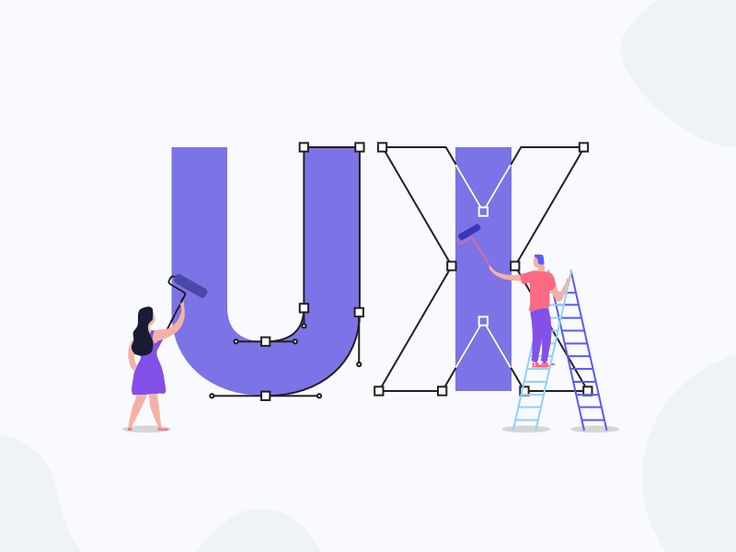Artificial Intelligence (AI) is transforming nearly every industry, and UI/UX design is no exception. As digital products become more complex, user expectations continue to rise, demanding faster, smarter, and more personalized experiences. AI offers designers the tools to not only keep up with these expectations but also to push the boundaries of creativity and efficiency. Let’s explore how AI will affect UI/UX design in the years ahead.
1. Personalized User Experiences
AI enables designers to create interfaces that adapt to each user’s needs. By analyzing user behavior, browsing patterns, and preferences, AI can personalize layouts, content, and recommendations. For example, streaming platforms like Netflix and music apps like Spotify already use AI-driven personalization, making user experiences more intuitive and engaging.
2. Smarter Design Tools and Automation
AI-powered design tools are revolutionizing the way designers work. Platforms like Adobe Sensei and Figma’s AI features help automate repetitive tasks such as resizing elements, generating layouts, or suggesting color palettes. This frees up time for designers to focus on strategy, creativity, and problem-solving, rather than manual adjustments.
3. Predictive User Behavior
By analyzing large sets of data, AI can predict how users are likely to interact with a product. This insight helps designers anticipate user needs, reduce friction, and design more intuitive interfaces. For instance, AI can suggest the best navigation flow or highlight where users might encounter usability issues before testing even begins.
4. Voice and Conversational Interfaces
With the rise of voice assistants like Alexa, Siri, and Google Assistant, AI is making conversational UI a major part of UX design. Designers now need to think beyond screens, creating seamless voice-driven experiences where tone, context, and natural language processing (NLP) play a critical role.
5. Enhanced Accessibility
AI has the potential to make digital experiences more inclusive. From generating automatic captions for videos to using computer vision for screen readers, AI-driven tools can help make interfaces accessible to users with disabilities. This ensures broader usability and compliance with accessibility standards.
6. Generative Design and Creativity
AI is no longer just a productivity tool—it’s also a collaborator in creativity. Generative design powered by AI can create multiple versions of a layout, suggest design variations, or even produce entire prototypes based on a simple prompt. Designers can then refine these outputs, blending machine efficiency with human creativity.
7. Challenges and Ethical Considerations
While AI brings exciting opportunities, it also introduces challenges. Over-reliance on automation might lead to less human-centered design, and personalization raises privacy concerns. Designers must ensure that AI-driven interfaces respect user data, avoid bias, and remain transparent.
Conclusion
AI is not replacing UI/UX designers—it’s reshaping their roles. Instead of spending time on repetitive tasks, designers will leverage AI to deliver smarter, more personalized, and more inclusive experiences. The future of UI/UX design lies in collaboration: human creativity guided by AI intelligence.
✨ Final Thought: Designers who embrace AI as a creative partner rather than a threat will lead the way in crafting the next generation of digital experiences.

